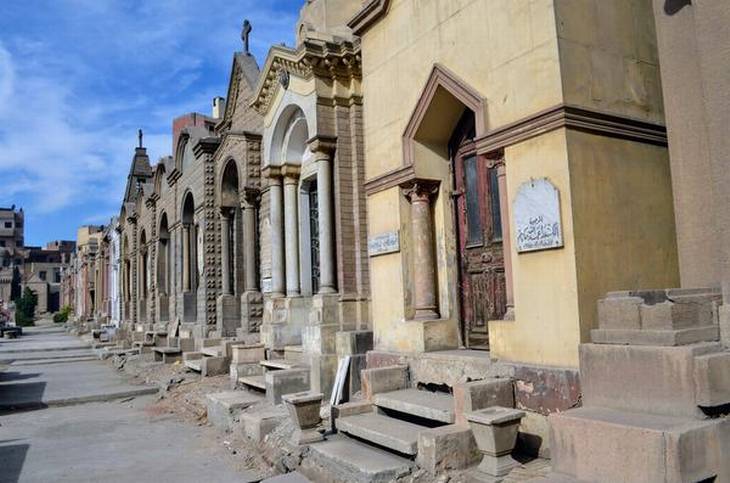Sometimes there is more to travel than merely being photographed at iconic tourist hotspots
“You need a guide.” The teenager’s words sounded more like a prophecy than a question.
I had stopped to ask him for directions, given his vantage position outside the Coptic Cairo compound. Dressed casually in a striped jacket over jeans, he had been engaged in conversation with his companions — two older, turbaned men dressed in jellabiyas. A look of indecision that passed between my husband and me was enough to spring him into action. “Let’s go,” he said, promising to take us to all the notable sites in the heartland of Egypt’s indigenous Christian community.
Egypt is home to more than nine million Christians, the largest in West Asia, of which Coptic Christians form the majority. They follow the teachings of Saint Mark, who introduced Christianity to the country in the first century, during Roman Emperor Nero’s reign. The impact of the Egyptian revolution and subsequent unrest on tourism was evident by the lack of crowds. This also meant the undivided attention of our guide, as he deftly led us from one attraction to another.
We walked among the elaborate graves of the Greek Orthodox Cemetery and saw the insides of an empty grave with vaults for families and the dimly-lit crypt at St Sergius Church, where Mary and the infant Jesus are believed to have taken shelter to escape from King Herod.
We lifted the heavy velvet curtain in the shiny newer St George Church that revealed the ornate and bright silver altar and admired the courtyard’s colourful tiled biblical artwork and wooden roof, shaped like Noah’s Ark, in the 9th-Century Hanging Church. History in Egypt is tangible and often all-encompassing, an experience very different from exploring a museum.
Our guide moved around with a precision that is often typical of guides. He periodically relieved me of my camera, asking us to pose in places where he must have photographed countless travellers in the past.
An unexpected break in our planned sightseeing came in the form of a dozen teenage school girls on a field trip. Their carefree laughter preceded their arrival as they roamed the church grounds dressed in white and blue skirts and sweaters, with matching scarves neatly wrapped around their heads. They hollered at our guide in Arabic from a distance, presumably asking about us. His response, “Hindi,” which means Indian in Arabic, was enough to bring them rushing towards us.
“Kareena Kapoor, Shahid Kapoor”, Shah Rukh Khan, Amitabh Bachchan,” they exclaimed, amidst fast-paced Arabic, as if they had run into the actors themselves. Our guide initially attempted to translate, “They really love Bollywood movies. They watch all your movies.” But soon gave up, seeing their overwhelming excitement. He was relegated to the background, content with capturing our candid moments with the girls and their teacher, as I was enveloped in hugs and kisses.
A few minutes later, the girls started talking to the one who seemed the most outgoing of them, as if cajoling her to do something. She cleared her throat, and before we could realise what was happening, a familiar song filled the streets of Cairo, “Kasam ki kasam, hai kasam se. Humko pyaar hai, sirf tumse. Ab yeh pyaar na hoga, phir humse.”
Perhaps travel is not always about the adrenaline rush of the unfamiliar at every turn. Often, it is the unexpected warm embrace of familiarity that connects us to strangers in an unfamiliar land.








